How Waste Affects Our Lives
How much waste do you throw out day by day? It’s probably quite a lot, isn’t it? Especially if you’ve got more than one or two people living with you!
How much waste do you throw out day by day? It’s probably quite a lot, isn’t it? Especially if you’ve got more than one or two people living with you! And it’s because of this seemingly unstoppable tide of waste that we’ve all started to think a lot more about the climate around us.
More and more people are looking to live a zero waste lifestyle, simply because of how much damage household waste can do to both ourselves and the environment around us. And because of this fact, it’s a good idea to delve a little more into the details; why is waste such a dangerous concept? And if left unchecked, how would it change our lives?
Contaminates Our Air
Some waste we chuck out puts gases and all other kinds of particles into the air. Even just leaving the trash for longer than a day causes it to smell worse than anything else in the house, so just imagine what’s really whirling around your head!
Plus, the more waste we have, the worse the local pollution is going to be - it leads to mismanagement, and if you’ve got a lot of other responsibilities on your plate, you’re probably going to forget to take that bag of junk out to be taken away.
So, there could be some toxic substances lingering in the air; rotting food, for example, can release a lot of methane, which is one of the worst greenhouse gases currently affecting our climate.
Contaminates Our Water
Water pollution is rampant; runoff from fields, sewage, oil, and of course, plastic. About 12.7 million tonnes of plastic is dumped into water around the world every year, mostly into oceans, which harms both marine and ground animal life. However, taking pollution out of the water is not a lost cause, and you can easily give up plastic in your own household too.
Indeed, many companies out there make use of an OWS System, to refine wastewater into water that can be released into sewers and other non-usable water supplies. It’s much better to put it back out there, with as few chemicals and toxic substances in it as possible, than just releasing it as is. And being able to implement such a system isn’t hard either, as more and more companies are taking up the mantle.
Contaminates Our Soil
And finally, waste amounts lead to contamination of the earth around us as well, namely, the soil in our gardens and under our houses. Soil gets the worst of waste contamination, simply because it absorbs everything, and it’s everywhere!
Now, maybe you find it hard to get your vegetable garden going during the spring? It could be because the soil is damaged. Dealing with contaminated soil can be done via flushing it, burning, or using bugs such as worms.
So, waste affects our lives in many ways. Make sure you’re aware of how it can ruin these three essential parts of the earth around us.
How to Make Your Beauty Routine Greener
EcoBeauty. Sustainable lifestyle. Greener beauty.
Any changes that improve our well-being and the health of the planet are good steps in the right direction. Another thing is that the number and volume of such changes are different for everyone. For someone to buy a shopper or to hand over batteries to the nearest collection point is already a feat. And someone has fully implemented the principle of zero waste and is constantly looking for new opportunities for a waste-free life.
One of the simple but important ways to become more conscious is to revise your beauty routine. Here is our list with ways to become more beautiful and eco-conscious.
Every day, a dozen disposable cotton pads are sent to the trash. Meanwhile, in the production of cotton pads, natural resources are wasted, the atmosphere is polluted. Go for reusable cotton discs or muslin napkins that can be machine washed.
Replace cotton buds with a plastic base with bamboo or paper. They decompose, which means they will not add dirt to the oceans choking on plastic.
The best beauty behavior is full awareness and buying cosmetics as needed. According to estheticians, the minimum set for skincare looks like this: a cleanser, exfoliant, cream, or serum with antioxidants, protective cream with SPF.
Report: Olha Dzharyha
Who's Who: Responsible Fashion Designers Edition
The intersection between what is viewed as Sustainable Fashion and Responsible Fashion has continuously been blurred with new efforts from global luxury brands to expand their green footprint on the world.
The intersection between what is viewed as Sustainable Fashion and Responsible Fashion has continuously been blurred with new efforts from global luxury brands to expand their green footprint on the world. In today’s age, we often shame designers for not doing enough to approach their creative process sustainably. Doing this, however, undercuts the efforts they are making to transition their already successful businesses into eco-friendly, successful businesses.
I began this article with Sustainable Designers in mind and had to realize that a lot still needs to be done. However, responsibly approaching your creative process should be highlighted as well. Therefore, this profile will feature the Who’s Who of Sustainable Designers, but we will also be including luxury designers and calling out their efforts at “Going Green”.
The word sustainable often has a negative light shed on it due to the thought that this clothing isn’t made of expensive materials, nor innovatively designed. Ironically, the exact opposite is true of sustainability as the definition is: A process or state that can be maintained at a certain level for as long as wanted. (dictionary.com) This clearly speaks to quality over quantity as it is in a good enough state, when made, to last for a long time.
Our current situation in the Fashion industry has us moving in a direction where resources are becoming scarce at an alarming rate. In order to survive, we will have to continuously find innovative ways to create by recycling. This is where the responsibility comes into play as we are holding ourselves accountable by acknowledging that there is a problem in our industry. We are making conscious efforts to solve this problem. We have a long way to go but I believe in the power of reciprocity and evolution.
THE DESIGNERS:
1. Ancuta Sarca
Ancuta Sarca is a Romanian designer whose brand was birthed under UK designer incubator, Fashion East. She has quickly gained international recognition through her eclectic and sustainable approach to design. Her collection was inspired by the want to recycle and make a new life for her existing garments and apparel. Sarca’s up-cycled old trainers with vintage heels have been described by i-D as ‘the shoe of the summer.’ Sarca is a passionate advocate for circular design, resisting fast fashion and proposing her reworked kitten heels as an eco-friendly alternative.
Sustainable Practices:
Use only recycled and up-cycled materials
Deconstructing existing garments
Partner with manufacturers who also recycle their materials
She has a new partnership w/ Nike where she will repurpose the textile waste from their shoes’ production process
2. Stella McCartney
Stella McCartney is a UK based, Luxury RTW/Lingerie/Swimwear/Accessories Designer who is best known for her innovative designs and sustainable practices. Her brand utilizes textile alternatives and a range of innovative technologies in their production process.
Sustainable Practices:
Partnered w/ Adidas on a sustainably focused, high-performance womenswear collection
Cruelty-free (including no real fur, leather, or PVC, re-engineered cashmere, ethically-sourced fibers like wool, organic cotton, and the use of recycled textiles)
3. Eileen Fisher
Eileen Fisher has been known as a leader of sustainability within the fashion industry. She has continuously worked to improve her ethically sustainable brand practices.
Sustainable Practices:
Organic, recycled, and sustainable garments, natural dyes
The brand is cognizant of the ecological footprint their different practices have on the environment and they are constantly monitoring and improving this aspect of the business
Do business with manufacturers who use certified dye methods, most often the bluesign standard, to ensure sustainable production
In the process of developing a water strategy for the brand in an effort to combat the global water crisis
4. Bianca Saunders
Biaunca Saunders is a UK designer who pulls inspiration from her heritage for her collections. She tends to explore how garments connect oneself to movement, culture, and each other with a focus on menswear and challenging the ideas of masculinity.
Sustainable Practices:
ISKO’s sustainable-certified denim used in collections, responsibly sourced denim,
5. Dôen
Dôen is an apparel brand rooted in sustainability and environmental consciousness. Since its launch, the brand has produced pieces that are built to last. The brand offers a wide range of high quality apparel products in both the womenswear and childrenswear.
Sustainable Practices:
Natural and organic fabrics, 100% recyclable packaging, garments that are quality crafted
Utilizing slow fashion by encouraging second-hand and consignment practices
Currently working on better solutions for poly bags; production methods that work to eliminate waste
Partnered with TheRealReal in 2019 to promote
extending the lifespan of their garments
keeping apparel waste out of landfills
making gently-used clothing
Partners with Gots Certified Fabrics and The Better Cotton Initiative
All denim styles are made locally in Los Angeles
6. J.Cavallo
Jeannine Cavallo is an American fashion designer who uses sustainable materials to create timelessly designed apparel. The brand utilizes traditional couture processes, keeping the focus on quality and craftsmanship. They source organic materials using fibers grown without the use of harmful growing agents. All of the brand’s materials are also made without animal testing, which makes them Cruelty Free.
Sustainable Practices:
Organic cotton, naturally/ethically sourced wool, peace silk, cruelty-free production (no animal testing), supports and utilizes small/local designers/makers, production methods based on craftsmanship and hand-making to slow down production and combat mass production and fast fashion
Awarded the Butterfly Mark from Positive Luxury in recognition of the brand’s sustainability efforts which indicates that the Jeannine Cavallo brand is one that can be trusted.
7. Rachel Burke
Rachel Burke is an Australian based designer and artist with an interest in creating wearable works of art made from recycled, upcycled, and salvaged materials and garments. Her work often includes the use of recycled or reused materials such as jacket shells, shoes, tinsel, etc. She focuses much of her work on craftsmanship and hand-making which further displays her focus on sustainability.
Sustainable Practices:
Burke also holds public events and workshops where she leads upcycling projects, spreading her passion and knowledge to her community
Creates one of a kind pieces in small quantities, further focusing on “slow fashion” efforts
Focus on craftsmanship and technique as opposed to cheap mass producing
8. JAHNKOY
Maria Jahnkoy is a multifaceted artist and fashion designer from Siberia, Russia. JAHNKOY is a resident of the Restoration-Art Center. She focuses her attention on restoring artisanal clothing, uniting cultures and heritages and preserving global traditions. At her SS19 NYFW show, JAHNKOY collaborated with Puma. This collaboration was an introduction into the sustainable space for brand conglomerate, Puma. Puma has also collaborated w/ Swarovski who is known to pair themselves w/ other sustainably responsible designers. JAHNKOY’s artistic design work creates conversation across material, origin and creation within our current cultural, social and economic situation.”
Sustainable Practices:
Use (and reuse) and ready-made garments
Use of cheap materials and garments, found objects and recycled materials
Combating fast fashion’s environmental damage
9. Eckhaus Latta
Photo: AnOther Magazine
Eckhaus Latta is an American fashion brand that was founded by Mike Eckhaus and Zoe Latta in 2011. From the brand’s inception, Eckhaus and Latta has strove to practice sustainability in every aspect of their design and production process by using unconventional materials and collaborating with fellow artists/designers.
Sustainable Practices:
Use of repurposed, and deadstock fabrics,
10. Patrick McDowell
Patrick McDowell is a UK fashion designer with a mission to reinvent luxury through a sustainable and conscious lens. He is known for his focus on integrating sustainability into his brand designs that evoke memories of childhood nostalgia. He only creates 1 collection per year. He has been recognized extensively for his efforts in sustainability from many important Fashion figures including the influential Anna Wintour and Rita Ora.
“To me, sustainable fashion is about creatively redesigning systems to create positive or neutral impact on people and the planet,” he explains. “For example, the biggest problem with fashion is the wholesale business model. After graduating, I made the decision not to do any wholesale at all and now I make most of my money through speaking with other people and hosting workshops. My collections act as think tanks on sustainable ideas which are open source, so anyone can find all that and share it and do what they want with it.” - Patrick McDowell
Sustainable Practices:
Slow fashion initiatives
Sustainable collaborations w/ Swarovski that include interactive pop ups to spread awareness to consumers
Use of recycled and responsibly sourced materials
Push for lower impact practices in the manufacturing and fashion industry
Zero Waste: Is it Possible to Live Without Producing Any Trash?
ZeroWaste. Sustainability. Save the Planet. Eco-friendly.
American citizen, Bea Johnson, who came up with the philosophy of "Zero Waste," knows how to live without leaving garbage. Literally: in a few years, her family collected only a half-liter jar of waste that cannot yet be recycled, mainly clothing labels. An impressive result, given that the average inhabitant of the Earth leaves behind about 400 kg of junk per year. Johnson's secret is based on a formula of five R: Refuse, Reduce, Reuse, Recycle, and Rot, that is, failure, reduction, reuse, recycling, and composting.
The call to completely boycott products that pollute the environment by themselves or through packaging is no coincidence in the first place in the Zero Waste philosophy. A complete list of things that Zero Waste enthusiasts never use can be frightening, but the author of the concept claims that there is an alternative to all the benefits of civilization.
It’s not the first decade that ecologists have been begging people to stop rampant buying. Living ascetically is beneficial for health, for a wallet, and the environment. Bea Johnson calculated: with the transition to Zero Waste, her family spent 40% less.
The Johnson family practically does not leave any trash, because of numerous recycling programs and modern technologies that can “digest” junk.
To upshot everything said above, the average person can conclude that environmentally-friendly existence is very much possible. Moreover, such a lifestyle is favorable not only for the planet we live in but for our wallets.
Report: Olha Dzharyha
Up-cycling Old Clothes is a Fun, Easy, and Cheap Way to Revamp Your Closet
Like most people, I’m sure you hate throwing away your old clothes that are still in great condition simply because they don’t fit right anymore or are outdated. Lucky for you, upcycling is a simple and fun solution to your problem.
Like most people, I’m sure you hate throwing away your old clothes that are still in great condition simply because they don’t fit right anymore or are outdated. Lucky for you, upcycling is a simple and fun solution to your problem. Repurposing old clothing is a creative and sustainable opportunity to transform out-of-date clothing into unique, stylish pieces. With retail shopping being so limited during the COVID-19 pandemic, this is a great way to keep up with trends within the comfort and safety of your own home. While in quarantine, I’m sure many of us have been tasked with the question of what to do with all our newfound free time … well look no further. This extra time at home is the perfect opportunity to dig out that old t-shirt from the back of your closet and make it into something chic.
My personal favorite upcycling technique is patchwork. I love sewing cool patterned fabrics onto the pockets of my jeans or along the sleeves of my t-shirts. Another way that I love repurposing my clothes is to paint on abstract designs that are special to me. Both of these ideas are super fun ways to elevate any piece of clothing into something totally unique! I’ve even turned a pair of pants into an amazing little tank top that I wear all the time! It is such a cool feeling to wear and get compliments on clothes that you created yourself. Whether it be embroidery, patchwork, cropping, painting, or even transforming a garment into something totally new, there are endless ways to rework your old clothes. Not only is upcycling a great way to save money and pass the time during quarantine, it also contributes to sustaining a healthier environment. By reusing and reworking your old clothes instead of throwing them away, you are helping to reduce the amount of clothing that ends up in our landfills and actively paving the way for a healthier planet.
Report: Natalie Toth
The Re-Opening of Thrift Stores
As many shops and restaurants begin the process of re-opening in light of COVID-19, one corner of the fashion industry facing unique concerns is resale shops. Thrift stores are facing overwhelming amounts of donations, and underwhelming amounts of customers.
As many shops and restaurants begin the process of re-opening in light of COVID-19, one corner of the fashion industry facing unique concerns is resale shops. A main anxiety is the overwhelming amount of donations being received as charity shops re-open. Not only have these stores been closed for the past 2-3 months, leading to a surplus in donations, but many people took their extra time being in quarantine as an opportunity to do some deep spring cleaning—leading to even more spring donations than usual.
The nature of donating to thrift shops is also a concern. How does one safely sort through the personal belongings of complete strangers amidst a pandemic? How do shoppers safely browse these selections? Some stores have taken to requesting that those wishing to make donations schedule appointments ahead of time, while others are suspending donations for the time being until merchandise can be cleared or sold from the sales floor.
One other remaining concern is the fact that while supply appears to be surging, demand isn’t necessarily doing the same. Although COVID-19 restrictions are being lifted slowly but surely, people are still hesitant to go out unless absolutely necessary. This leaves many thrift shops with significantly less customers, and therefore significantly less sales. So, while donations are pouring in, merchandise is being sold at a much slower pace.
The struggles of resale shops are important to note for the fashion industry. Thrift businesses bring in an estimated $18 billion in revenue each year and contribute in enormous ways to promoting sustainability in an otherwise largely unsustainable industry. The resale of items in thrift stores prevents them from entering landfills and prevents buyers from buying unnecessary new items. Additionally, thrift businesses provide employment to thousands. It’s important now more than ever to support resale businesses and make smart, thoughtful donations in order to help the environment and the economy.
Report: Grace Carlos













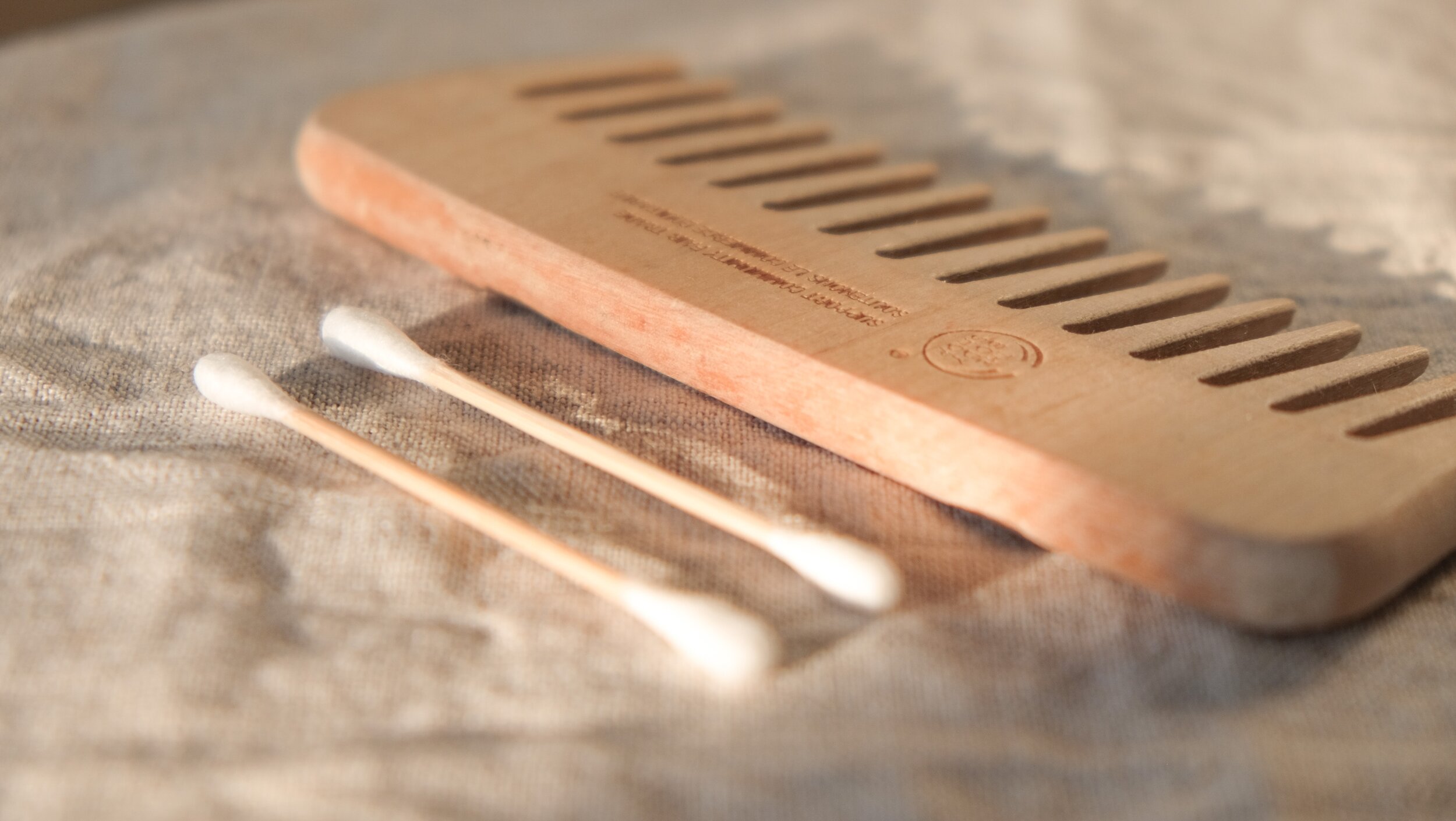



























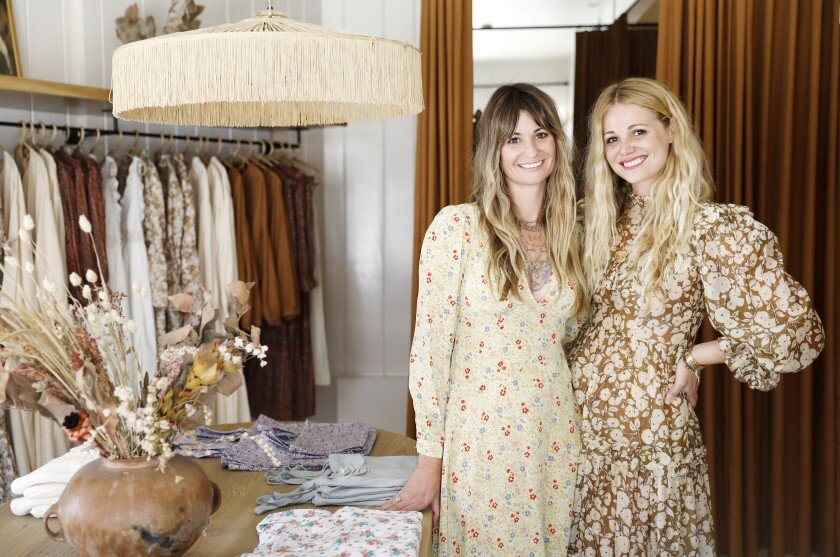







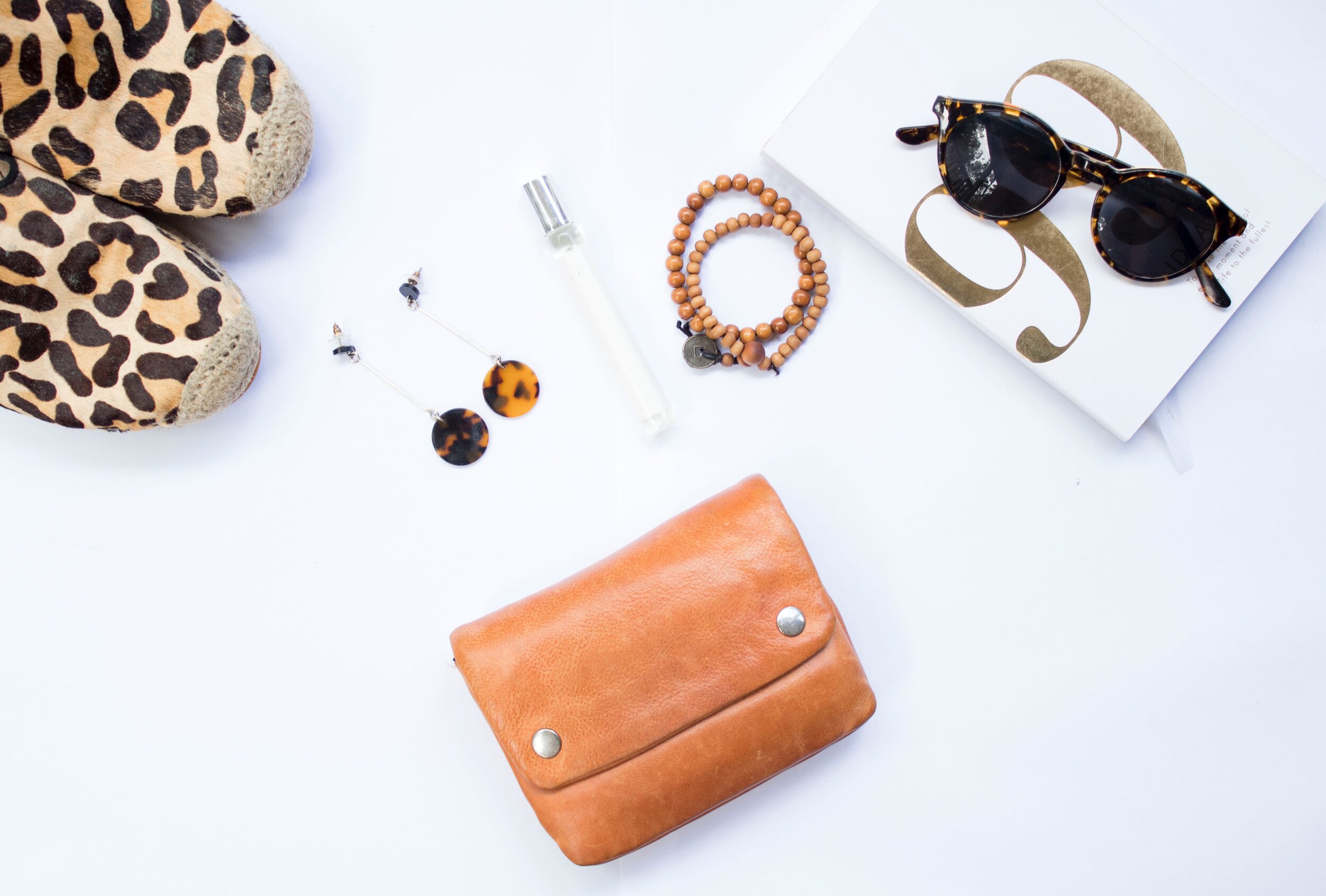


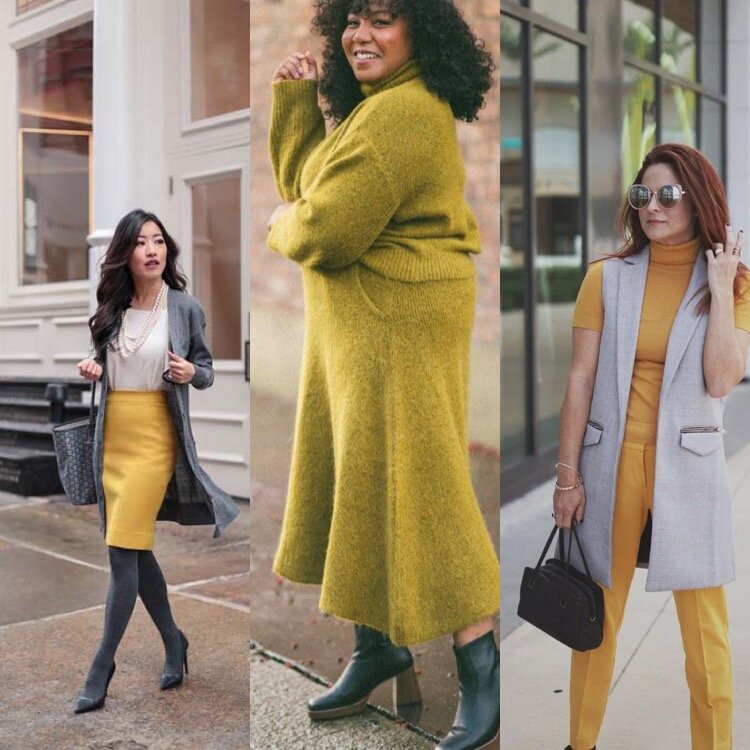










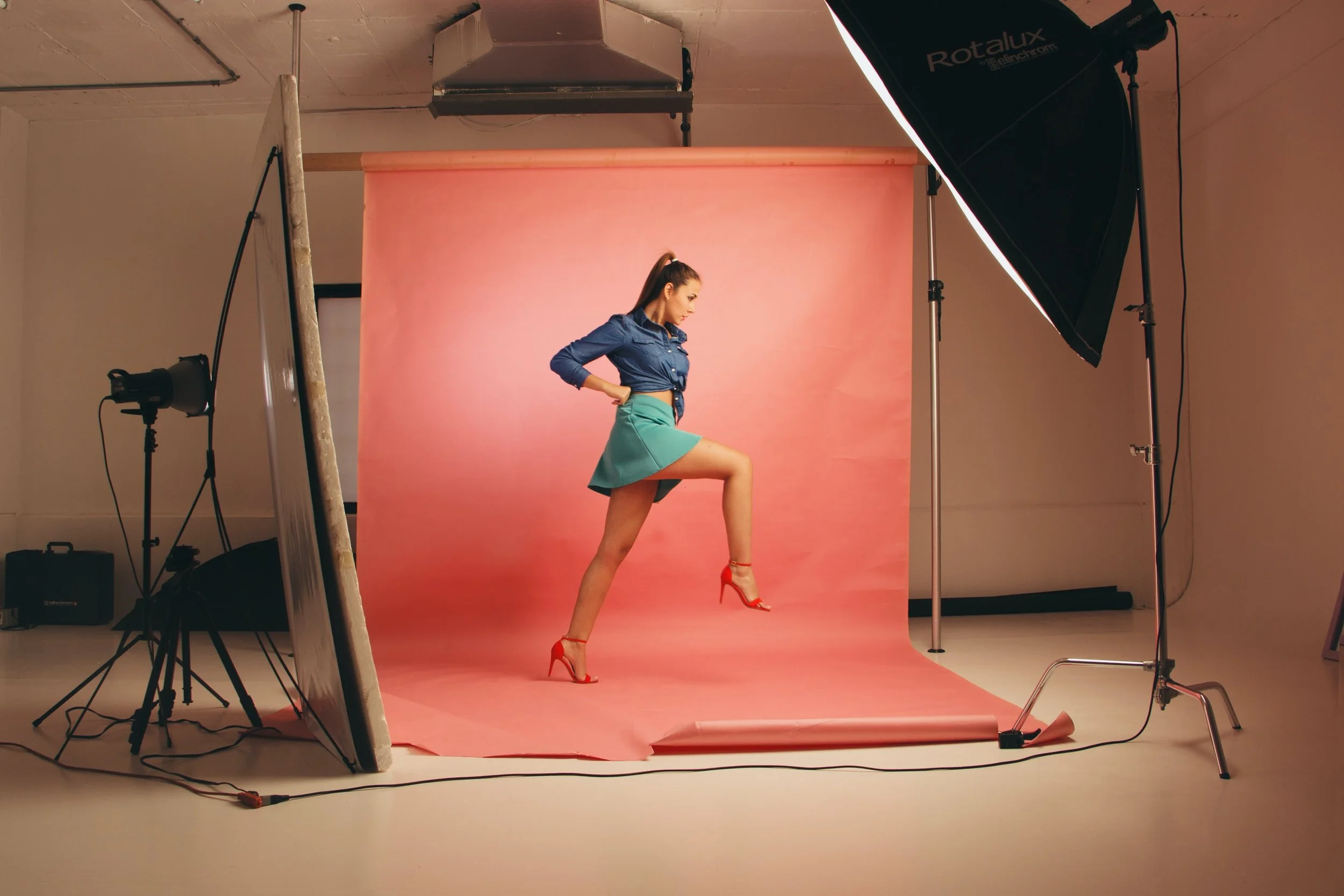



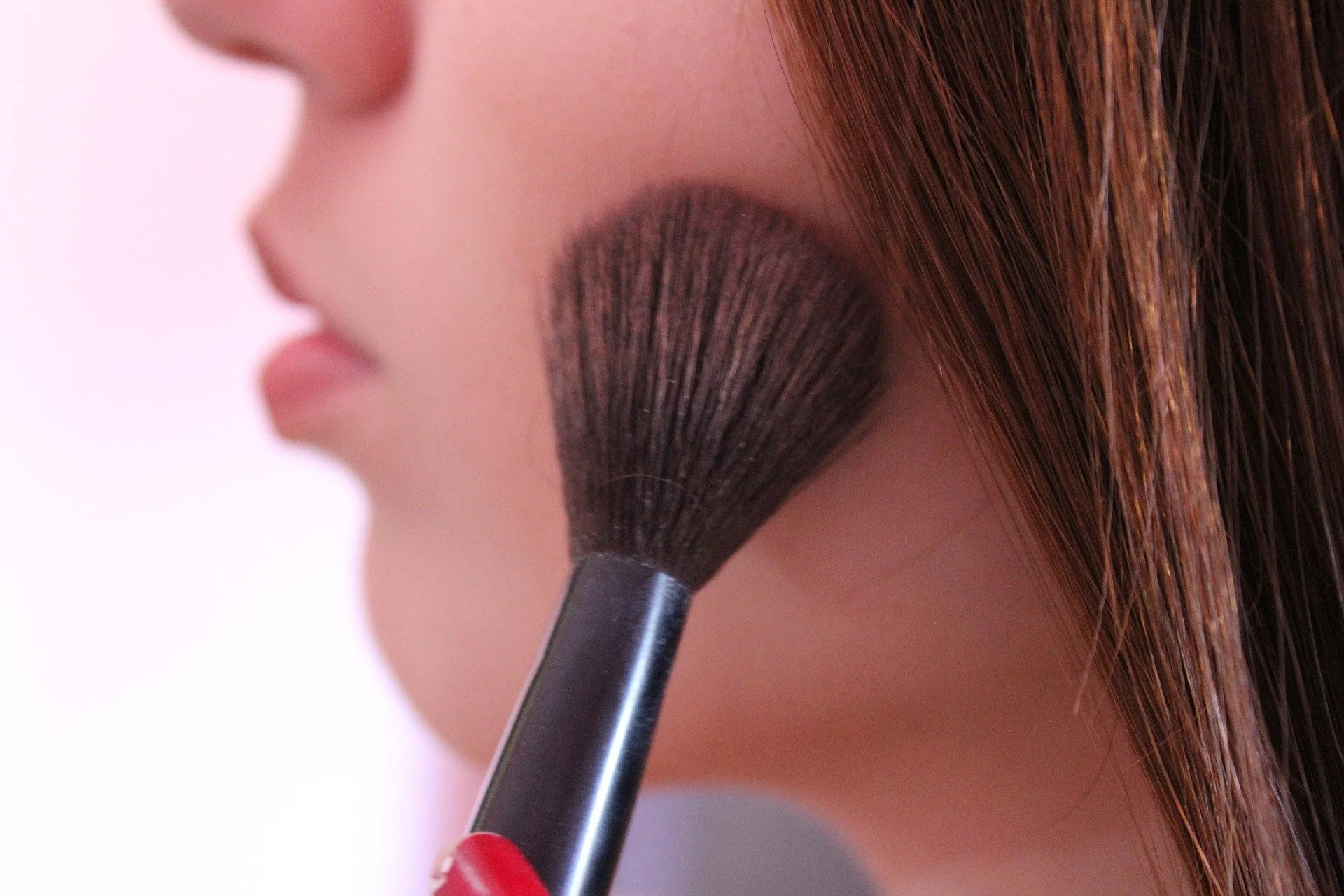

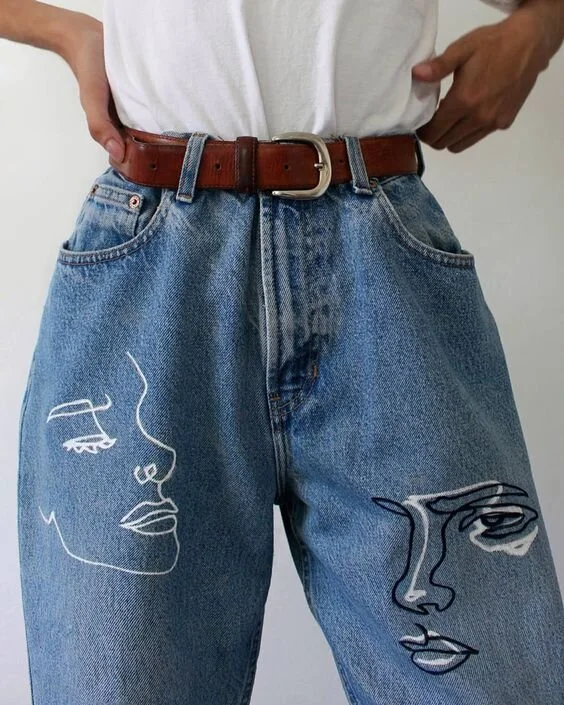

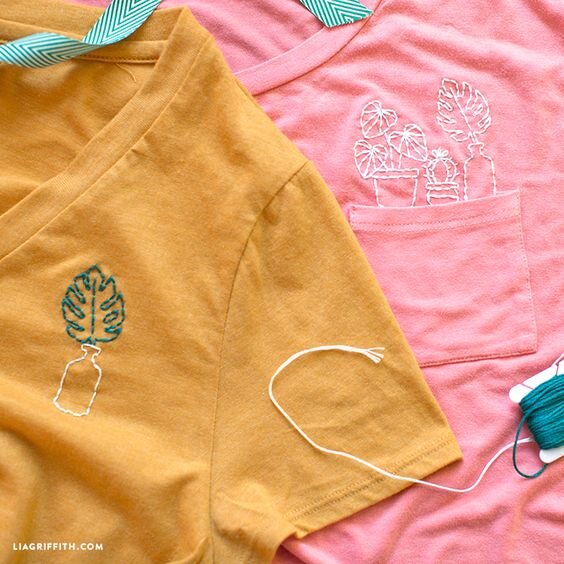










So, what do you need to know about how to choose a real estate agent, and how do you go about finding the perfect person for your property search?